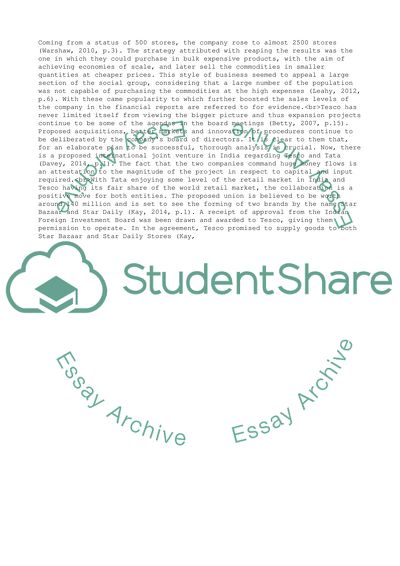Cite this document
(Tesco in India Essay Example | Topics and Well Written Essays - 2000 words - 1, n.d.)
Tesco in India Essay Example | Topics and Well Written Essays - 2000 words - 1. https://studentshare.org/business/1822776-tesco-in-india
Tesco in India Essay Example | Topics and Well Written Essays - 2000 words - 1. https://studentshare.org/business/1822776-tesco-in-india
(Tesco in India Essay Example | Topics and Well Written Essays - 2000 Words - 1)
Tesco in India Essay Example | Topics and Well Written Essays - 2000 Words - 1. https://studentshare.org/business/1822776-tesco-in-india.
Tesco in India Essay Example | Topics and Well Written Essays - 2000 Words - 1. https://studentshare.org/business/1822776-tesco-in-india.
“Tesco in India Essay Example | Topics and Well Written Essays - 2000 Words - 1”. https://studentshare.org/business/1822776-tesco-in-india.


